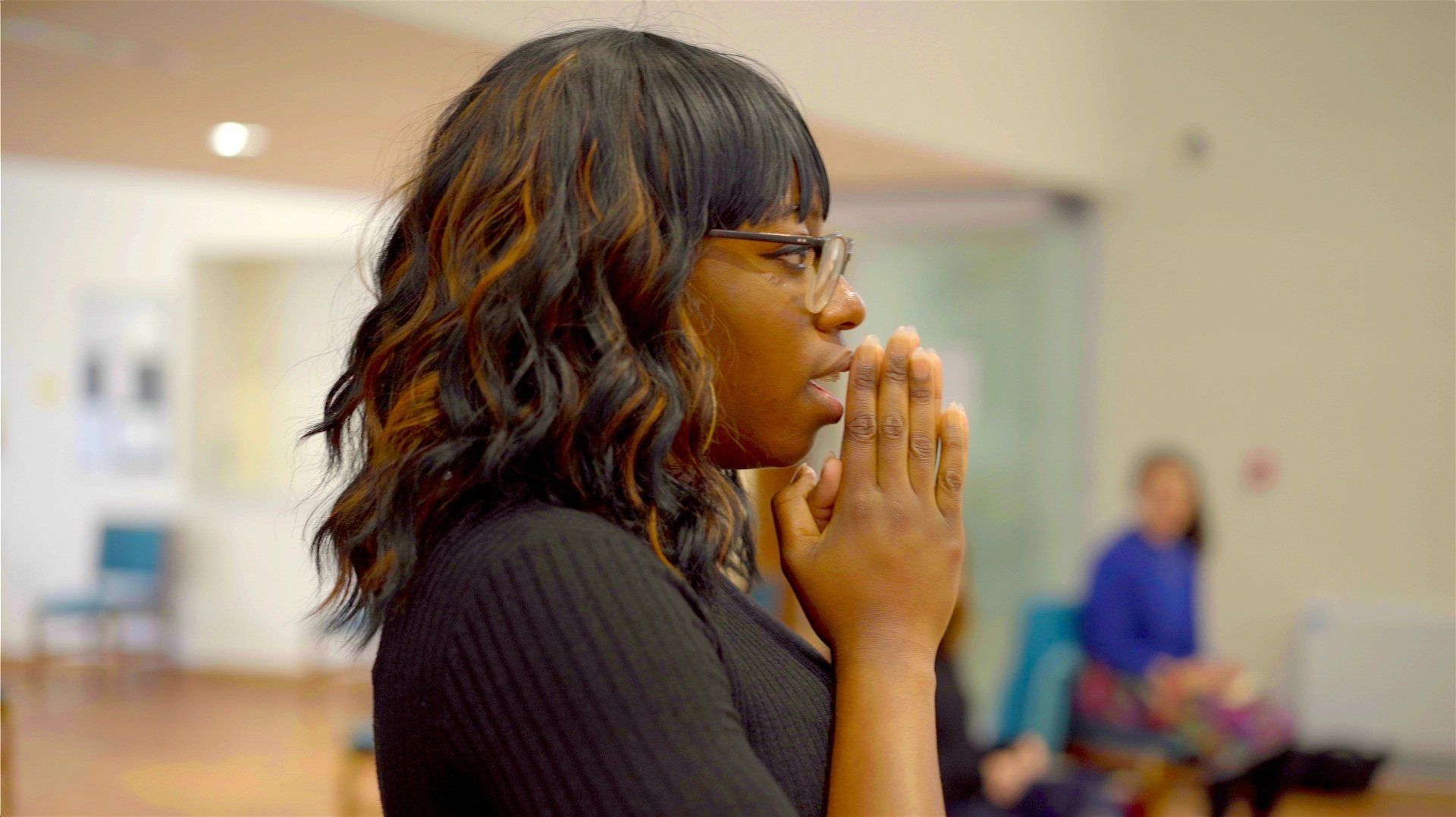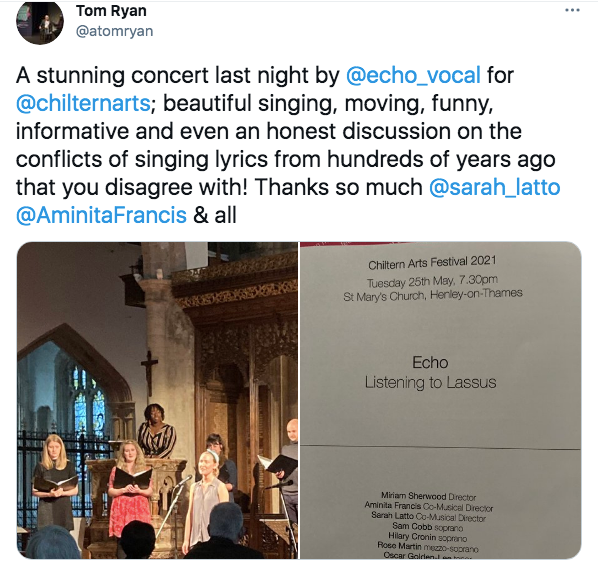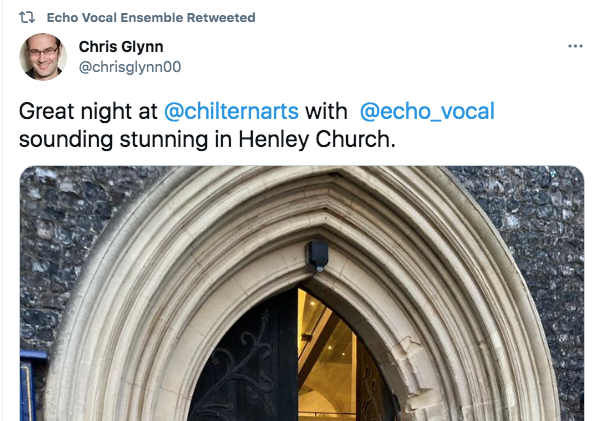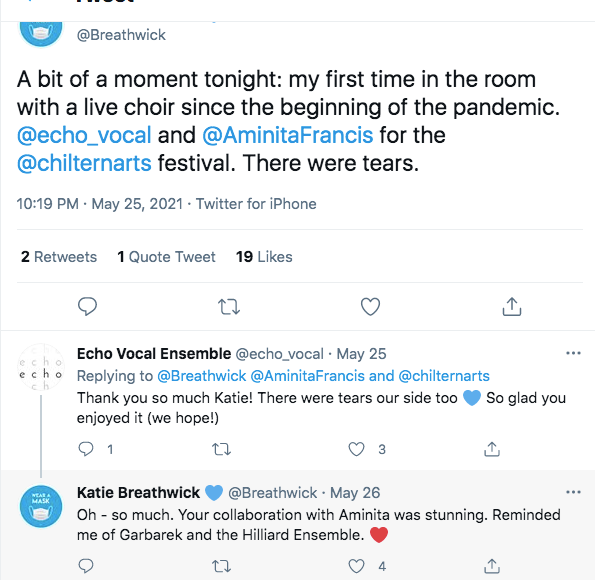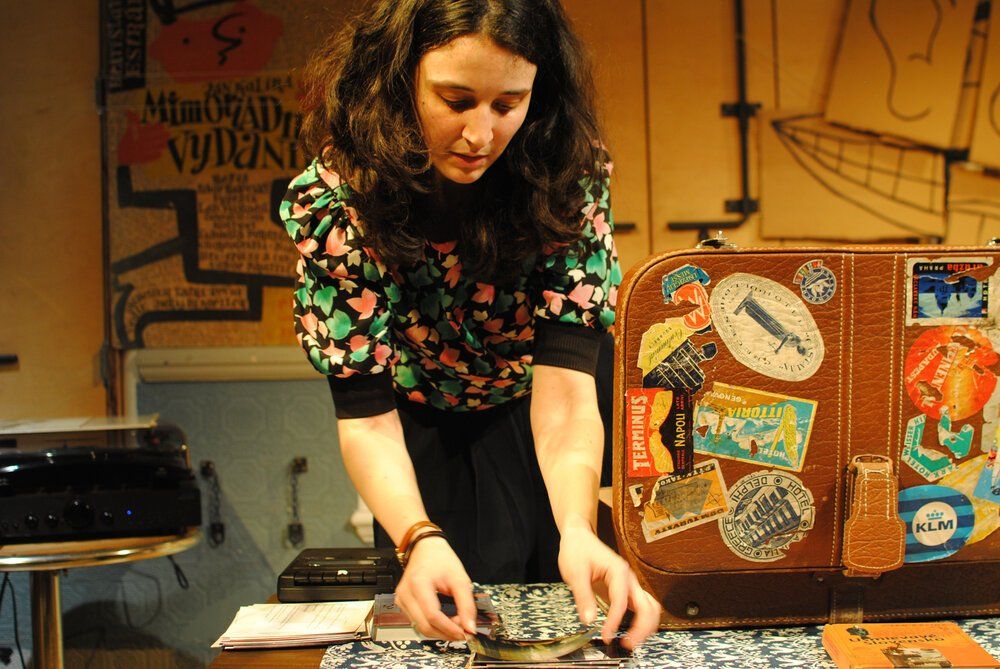Listening to Lassus
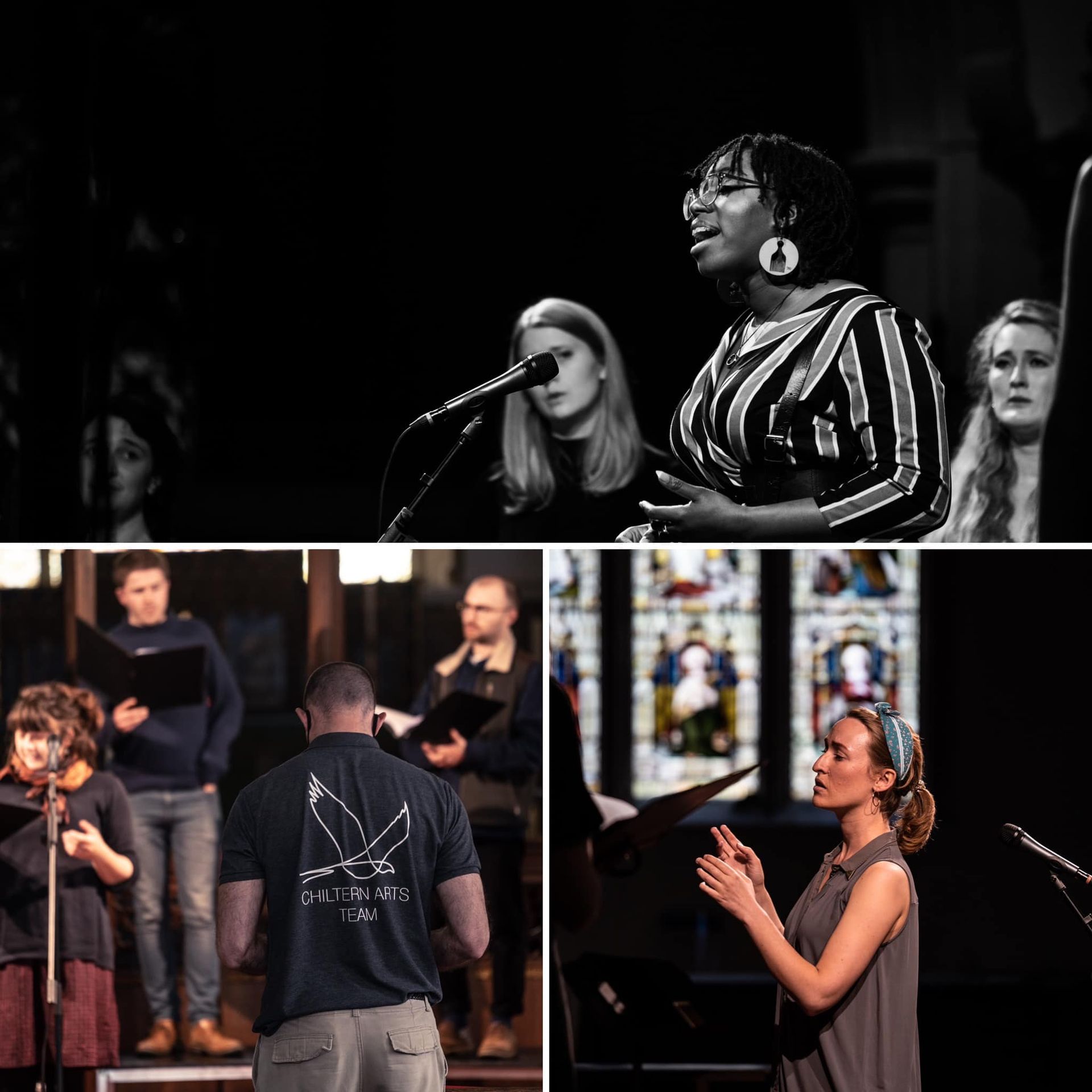
When Lassus was 20 he moved to Rome, where he lived for four years. In the 1550s, various genres of Italian music thrived in salons where groups of writers, poets and composers met to discuss each other's works and circulate them before being printed.
The salons acted as host to a kind of 'group improvisation', where writers and composers were both readers and producers simultaneously. Taking inspiration from this way of working, our Listening to Lassus piece involves live improvisation, in the room, not only from the singers but from our collaborators and audiences.
COLLABORATORS
Aminita Francis is an actor-devisor and vocal artist whose practise revolves around using the human voice to tell stories. She specialises in song, beatboxing, spoken word, rap, live looping and vocal processing, and she plans to work with the singers to encourage them to use the full capabilities of the human voice in rehearsal and performance, alongside devising improvisations as a group.


